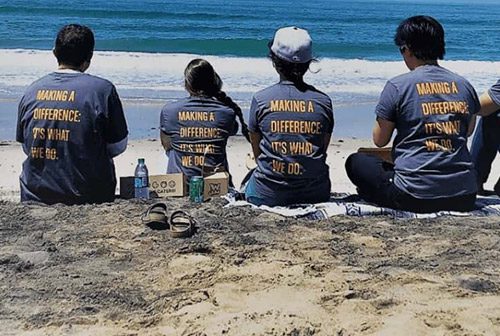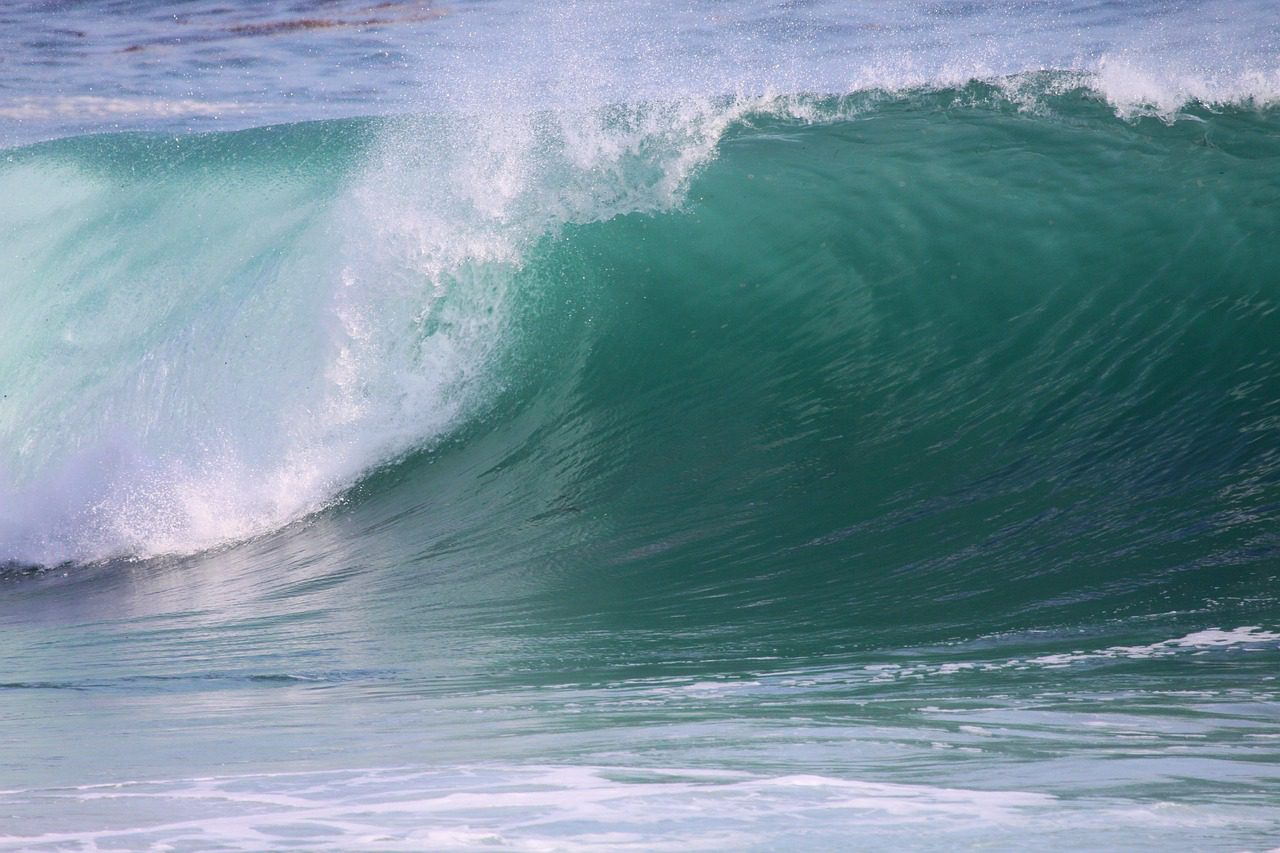The City of San Diego’s Water Purification Demonstration Project has been on-line since last summer, and the first set of water quality testing results are just rolling in. As expected, the news is great! The City tested the ultra-purified water for more than 300 compounds and tested the equipment to make sure it works. The purified water met all drinking water standards, and the equipment works properly. (Take a virtual tour of the facility here.)
The City even tested for 91 Chemicals of Emerging Concern —compounds found in personal care products and endocrine disruptors that might be found in wastewater, but are not currently regulated as drinking water pollutants by state or federal law. Of the 91 compounds, only two were detected in the ultra-purified water. By comparison, 13 of those 91 compounds (including the two found in the ultra-purified water) were detected in the imported water that makes up the bulk of our drinking water.
This is excellent news for San Diegans. The City Councilmembers on the Natural Resources & Culture Committee appeared excited about the results when the City presented them at the committee’s February 1 meeting. Committee Chair David Alvarez asked the City to spread the good news to the public, and Councilmember Lori Zapf asked about cost for a full-scale project. Deputy Director of the City Water Department, Marsi Steirer, explained that the biggest cost of a full-scale project would be a 23-mile pipeline to put the ultra-purified water into San Vicente Reservoir.
That raises an important question: If the ultra-purified water meets all drinking water standards and is cleaner than imported water, why should we waste the money to pump that water all the way out to San Vicente? Why can’t we just add it to our raw water supply, which goes through yet another treatment process before it ends up at our taps?
The National Academy of Sciences recent report “Water Reuse: Potential for Expanding the Nation’s Water Supply Through Reuse of Municipal Wastewater” recognized that “environmental buffers are not essential elements to achieve quality assurance in potable reuse projects.” The renowned scientists who wrote the report also noted that classifying potable reuse projects as ”indirect” or “direct”— to distinguish between projects where ultra-purified water is injected in groundwater or piped to a reservoir before being added to the water supply and those where the ultra-purified water directly supplements the raw water supply– is “not productive from a technical perspective because the terms are not linked to product water quality.”
If we focus on water quality, like the scientists urge us to, the results of the City of San Diego’s water quality testing for the water purification demonstration project speak for themselves. The project is producing cleaner water than we import.
Have an opinion about this? I’d love to hear it.















